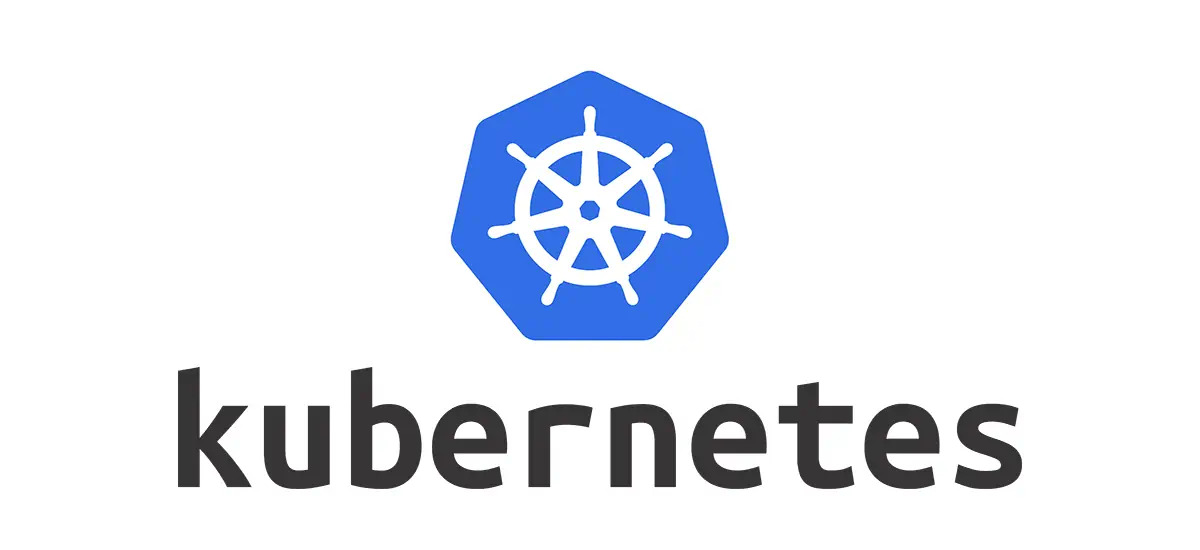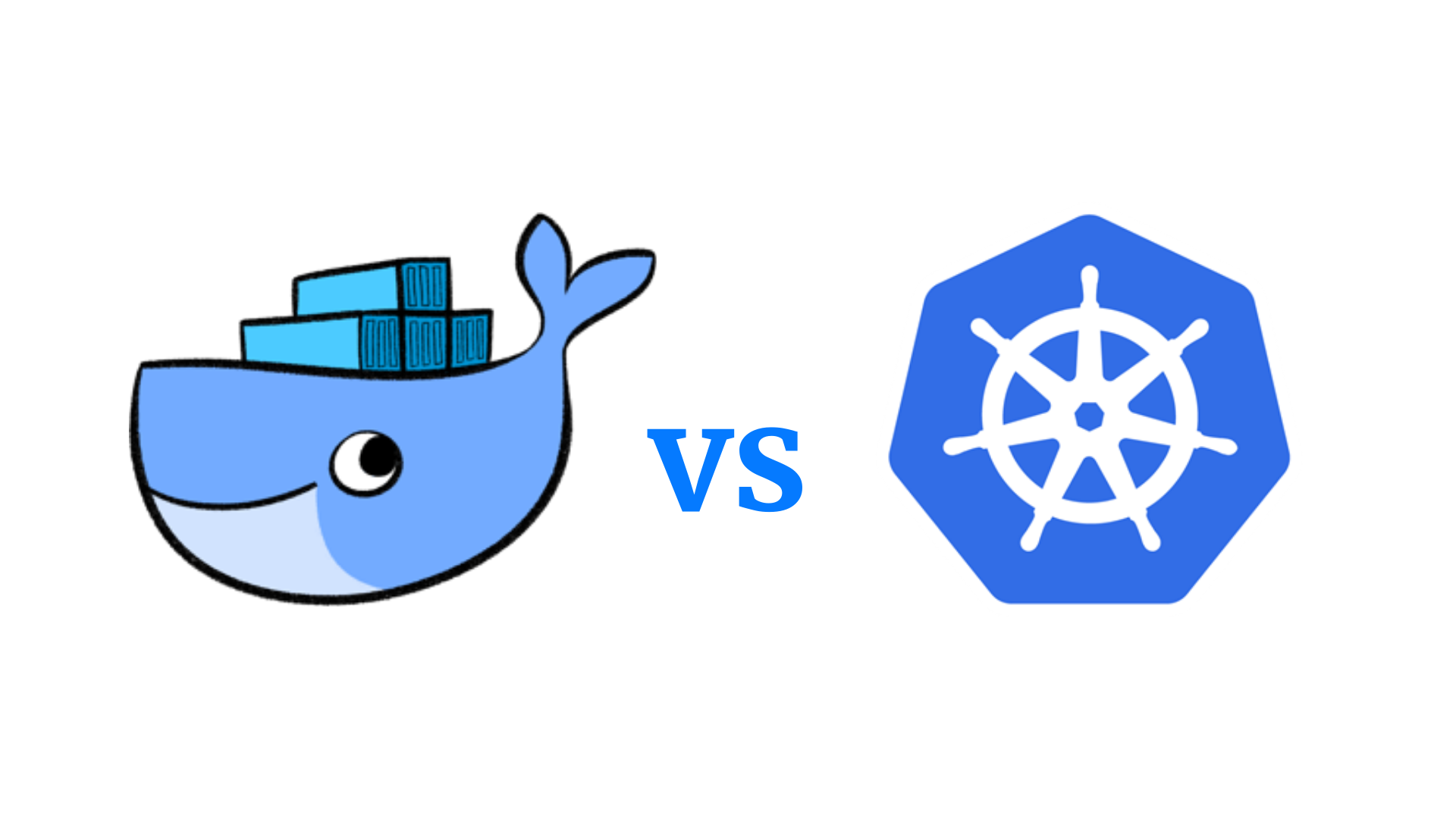DevOps
Kubernetes Best Practices for Production Deployments

Kubernetes has become the de facto standard for container orchestration, enabling organizations to deploy and scale applications reliably. However, production environments require careful planning and adherence to best practices to ensure stability, security, and performance.
Cluster Architecture and Design
Designing your Kubernetes cluster correctly is the first step toward a reliable production environment. Consider separating workloads into multiple namespaces or clusters based on environment, team, or criticality.
- Use multiple namespaces to isolate workloads and manage resources effectively.
- Deploy high-availability control planes and etcd clusters to prevent single points of failure.
- Segment clusters for development, staging, and production to minimize risk.
Resource Management
Proper resource allocation prevents resource contention and ensures consistent performance.
- Set requests and limits for CPU and memory to avoid overconsumption.
- Use Horizontal Pod Autoscaler (HPA) to automatically scale workloads based on demand.
- Monitor node and pod utilization to proactively adjust resources.
Security Best Practices
Security is critical in Kubernetes due to its complexity and exposure to potential attacks.
- Enable Role-Based Access Control (RBAC) to limit permissions and follow the principle of least privilege.
- Scan container images for vulnerabilities before deployment.
- Use network policies to control traffic between pods and services.
- Keep Kubernetes versions and components up to date with security patches.
Deployment Strategies
Efficient deployment strategies reduce downtime and improve resilience.
- Use rolling updates for zero-downtime deployments.
- Implement blue-green or canary deployments for critical services.
- Leverage Helm charts for consistent and reproducible deployments.
Monitoring and Observability
Continuous monitoring and observability help detect issues early and maintain cluster health.
- Deploy Prometheus and Grafana for metrics collection and visualization.
- Use Kubernetes-native logging tools such as Fluentd or Loki to aggregate logs.
- Set up alerts for key performance indicators (CPU, memory, latency) and failures.
Secrets and Configuration Management
Managing sensitive data and configuration is essential for secure operations.
- Use Kubernetes Secrets for sensitive information like passwords and API keys.
- Consider external secret management tools such as HashiCorp Vault or AWS Secrets Manager.
- Keep configuration decoupled from application code using ConfigMaps.
Backup and Disaster Recovery
Preparedness for failures ensures business continuity.
- Regularly backup etcd and critical cluster data.
- Test restore procedures to ensure reliability.
- Use tools like Velero to manage backups and cluster migrations.
Automation and CI/CD
Automation reduces human error and accelerates deployments.
- Integrate Kubernetes with CI/CD pipelines to automate builds, tests, and deployments.
- Use Infrastructure as Code (IaC) tools like Terraform or Pulumi for cluster provisioning.
- Automate policy enforcement and compliance checks.
Conclusion
Following Kubernetes best practices ensures production deployments are secure, scalable, and maintainable. By focusing on architecture, security, monitoring, and automation, organizations can leverage Kubernetes to deliver resilient applications with confidence.
